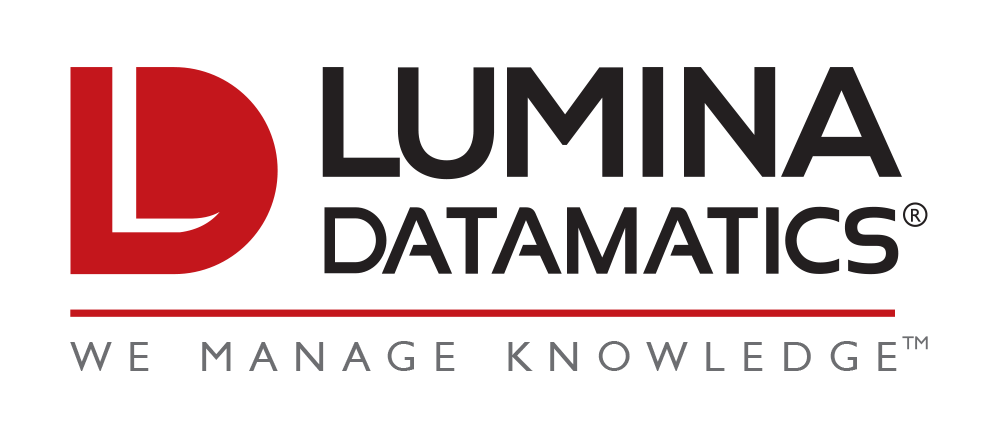Higher education institutions are continually looking for ways to evolve their educational models and provide better tools for students to learn. Digital learning has changed the ways students can educate themselves about a specific subject. Learning tools of all types will only benefit the student in the long term. With adaptive learning, students will be exposed to a more personalized, technology-enabled, and data-driven approach to learning that deepens student engagement with learning materials, customizes students’ pathways through curriculum, and permits instructors to be more focused during class time.
Adaptive learning is slowly making inroads into universities all across the world. Part of the reason for this is that many colleges realize that a one-size-fits-all approach is no longer working for students. Some students are dropping out because of rising tuition costs, long class hours, and poor grasp of the learning material. Indeed, there has been a need for more investment in adaptive learning systems to prevent these types of issues. In fall 2015, bolstered by a $4.6 million grant from the Bill & Melinda Gates Foundation, the Association of Public and Land-grant Universities (APLU) offered a competitive grant opportunity for its 237 member universities that want to advance personalized learning, use technology for proactive advising, and accelerate degree completion rates. Some of the universities that have benefited from this program are Arizona State University, Colorado State University, Georgia State University, Northern Arizona University, Oregon State University, Portland State University, and the University of Mississippi.
These new learning models for increased student engagement and interaction are not just limited to the United States. Adaptive learning models utilize large amounts of data and learning analytics to improve student learning outcomes. In Open University in the United Kingdom, analytics was used to drive personalization and adaption of content recommended to individual students and provide input and evidence for curriculum design. Learning analytics can transform how universities measure impact and outcomes in learning environments – enabling providers to develop new ways of achieving excellence in teaching and learning and providing students with further information to make the best choices about their education.
Besides educational institutions benefiting from implanting adaptive learning management systems, publishers and publishing service providers are also gaining from it. For instance, technology is being created with artificial intelligence to search, select, administer, and score test questions based on a student’s multiple skills and abilities. More importantly, this provides an efficient way to ensure that the testing process is shorter, scores are more accurate, and decisions are more efficient than ever before.
To summarize, here are the main benefits of adaptive learning
• Increased Control – Students can focus on the material that matters to them rather than the rest they have already mastered.
• Higher Engagement – Students have consistently reported more engagement with the subject matter and enjoyment when completing course tasks.
• Long-Term Learning – Adaptive learning offers students more than rote memorization of facts; students learn new information, retain that information, and then can readily apply it both in and out of the classroom.
• Better Teacher-Student Relationship – These systems facilitate meaningful interactions between instructors and students and deliver, through electronic dashboards, useful information that instructors would not have in a typical online course. Teachers can guide their students in a more positive direction and enhance the experience.
With more investment in adaptive learning, more educational institutions will link adaptive learning to their everyday college curriculum. There might come a day when colleges and universities move entirely over to this new format. Only time will tell what lies ahead for students.
Sources:
- http://tytonpartners.com/library/accelerating-adaptive-learning-in-higher-education/
- https://www.d2l.com/en-apac/blog/adaptive-learning-transforming-teaching-learning/
- https://campustechnology.com/articles/2016/07/14/7-universities-receive-grants-to-implement-adaptive-learning-at-scale.aspx
- http://er.educause.edu/articles/2016/3/adaptive-learning-platforms-creating-a-path-for-success
- http://www.educationdive.com/news/adaptive-learning-holds-promise-for-the-future-of-higher-education/421228/





0 Comments